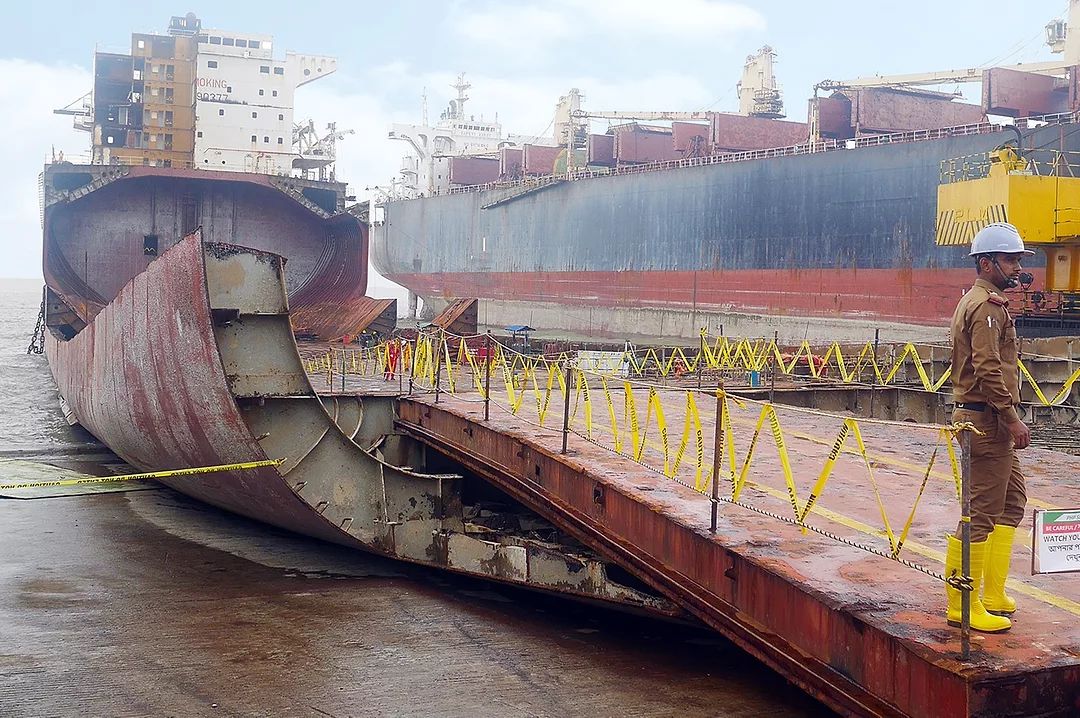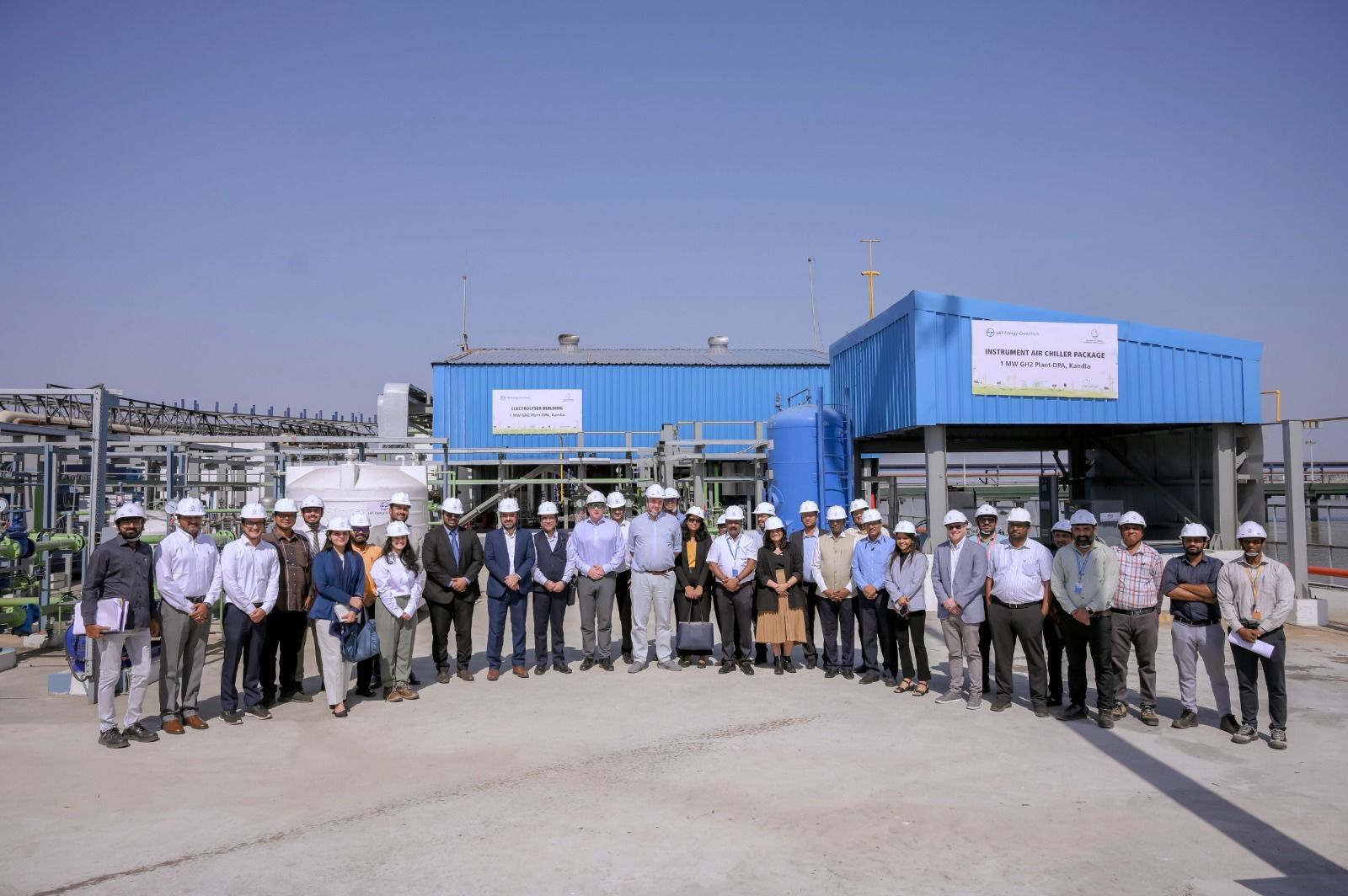Big Rise in Ship Recycling Volumes as Tanker and Gas Carrier Scrap Sales Surge
Recycling volumes doubled in January compared with year-on-year gross tonnage, driven by an increase in sales of bulkers, LNG carriers, and tankers for scrap. However, price levels are cooling across all ship recycling markets, prompting some sellers to delay committing their vessels in hopes of better returns.

Surge in Ship Recycling as Market Dynamics Shift
The global ship recycling industry has seen a dramatic uptick in activity at the start of the year, with recycling volumes doubling in January compared to the same period last year. This increase is primarily fueled by a significant rise in the number of bulk carriers, liquefied natural gas (LNG) carriers, and tankers being sent for demolition. However, despite this surge, price levels across major recycling markets are showing signs of cooling, causing some shipowners to hesitate before committing their vessels to scrap yards.
The shipping industry has been undergoing a shift in recent months, with older vessels being phased out due to stricter environmental regulations, increased operating costs, and evolving trade patterns. As a result, more shipowners are looking to dispose of aging tonnage, leading to a spike in recycling activity.
Key Factors Driving the Increase in Recycling Volumes
Several factors have contributed to this rise in ship recycling volumes:
1. Aging Fleet and Regulatory Pressures
Many vessels currently being scrapped are approaching the end of their operational lifespans, making them less viable for continued service. Additionally, tightening environmental regulations, particularly the International Maritime Organization’s (IMO) decarbonization targets and energy efficiency requirements, are pushing shipowners to retire older, less fuel-efficient ships.
The upcoming Carbon Intensity Indicator (CII) ratings and stricter emissions norms are forcing shipowners to evaluate their fleets critically. Many older vessels fail to meet new energy efficiency standards, making them unprofitable in an increasingly carbon-conscious market.
2. Market Downturn for Older Vessels
The freight market for older tankers and bulk carriers has been increasingly challenging. As newer, more efficient ships enter service, older vessels struggle to secure profitable charters. The downward pressure on earnings has accelerated the decision-making process for owners looking to scrap their ships rather than investing in costly retrofits.
The LNG carrier segment has also seen increased scrapping activity. The market for LNG shipping has been volatile, with new, more efficient LNG carriers coming online. Older LNG vessels, particularly those with outdated propulsion systems, are facing diminishing demand, making recycling an attractive option.
3. Strong Demand for Scrap Steel
The demand for scrap steel remains robust in key shipbreaking destinations such as India, Bangladesh, and Pakistan. These countries rely on recycled steel to supply their construction and manufacturing sectors. While prices have cooled slightly in recent weeks, they remain attractive enough to incentivize shipowners to offload older tonnage.
Shipbreakers in India, in particular, have been keen to secure more vessels due to ongoing infrastructure projects and strong steel demand. Bangladesh and Pakistan have also been active buyers, though both markets have faced currency fluctuations and regulatory hurdles that have slowed some transactions.
Price Cooling and Seller Hesitation
Despite the increase in recycling volumes, price levels for scrap ships are showing signs of decline. After reaching historic highs in 2023, scrap prices have started to soften across all major ship recycling markets. This cooling trend is due to multiple factors:
- Economic Uncertainty: Concerns over global economic growth, particularly in China, have impacted steel demand, leading to lower scrap prices.
- Currency Fluctuations: The depreciation of the Bangladeshi Taka and the Pakistani Rupee has made it more expensive for local breakers to purchase ships, reducing their willingness to pay premium prices.
- Increased Supply of Scrap Ships: With more vessels entering the recycling market, shipbreakers have greater bargaining power, leading to lower price offers.
As a result, some shipowners are choosing to delay sending their vessels for demolition, hoping for a rebound in scrap prices in the coming months. However, market analysts caution that the cooling trend could persist, making it risky for owners to wait too long.
Outlook for the Ship Recycling Market
Looking ahead, the ship recycling market is expected to remain active throughout 2024, driven by continued fleet renewal and regulatory pressures. However, price fluctuations and economic conditions will play a critical role in determining the pace of scrapping activity.
Key Trends to Watch:
- Continued Fleet Renewal: More aging vessels, particularly in the tanker and bulk carrier segments, are likely to head for demolition as shipowners upgrade their fleets.
- Regulatory Impact: The enforcement of stricter emissions regulations will accelerate the retirement of non-compliant ships.
- Price Volatility: Scrap prices will continue to be influenced by global steel demand, currency movements, and geopolitical developments.
- Regional Competition: Competition between South Asian recycling yards could lead to pricing fluctuations, with shipowners favoring yards that offer the best rates and favorable payment terms.
Conclusion
The surge in ship recycling volumes in January underscores the ongoing transformation in the global shipping industry. While an increasing number of bulkers, LNG carriers, and tankers are being scrapped, fluctuating price levels are prompting some sellers to adopt a wait-and-see approach. With regulatory pressures mounting and economic factors influencing the steel market, the ship recycling sector is poised for a dynamic year ahead. Whether prices stabilize or continue their downward trajectory will be a key factor shaping ship scrapping decisions in the months to come.
Author: shipping inbox
shipping and maritime related web portal








